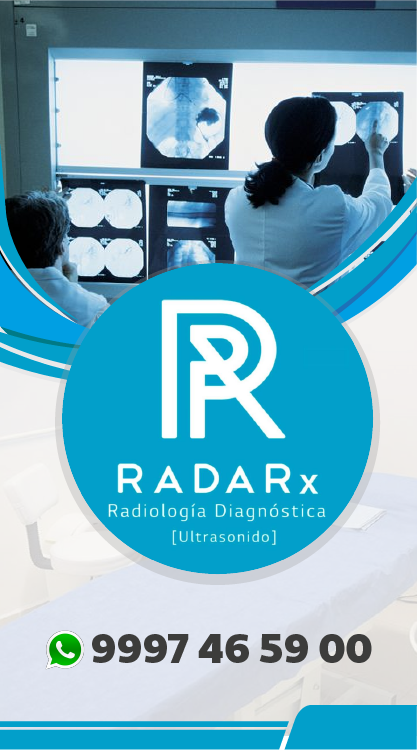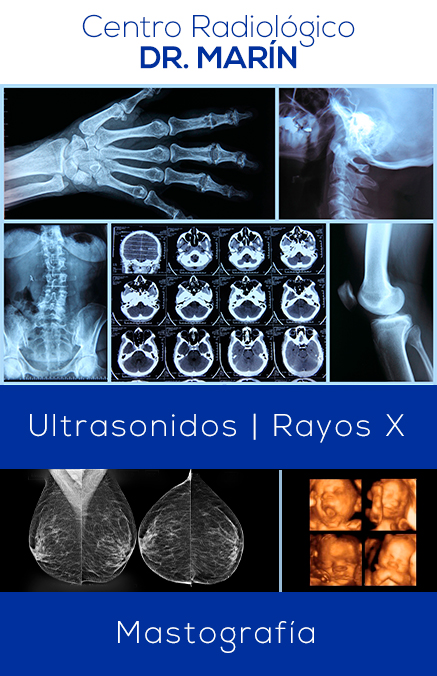Mamography
It is an X-ray of the breasts that is used to find breast cancer and tumors.
How the test is performed
you are asked to undress from the waist up and you offer a hospital gown to use it. Depending on the type of equipment used, you will remain sitting or standing.
A breast is placed at a time on a flat surface that contains the X-ray plate. Then, a device named compressor firmly presses against the breast to help flatten the breast tissue.
X-ray x-rays or plates are taken from various angles. You may be asked to contain breathing as each image is taken.
You can request it from returning at a later date to take more mammographic images. This does not always mean that you have breast cancer. Rather, it is possible that the doctor simply needs to review an area that could not be clearly observed on the first exam.
Digital mammography is a more novel technique that allows the X-ray image to be displayed and manipulated on a computer screen. This improves precision, but is not yet available everywhere.
Preparation for the test
Do not use deodorants, perfumes, talcs or ointments under the arms or on the breasts on the day of mammography, because these substances can distort the images. Likewise, remove all jewels from the neck and chest area.
Tell the doctor and radiologist if you are pregnant or breastfeeding.
what you feel during the test
The metal can feel cold. When the breast is pressed down, you can feel a little pain. This is necessary to do it to get good images.
Reasons why the
exam is performed
Mammography is carried out to examine healthy women in order to detect incipient breast cancer, when it is more likely to cure it.It is recommended for:
- women starting at age 40 and repeating it every 1 or 2 years (this is not recommended by all expert organizations).
- All women starting at the age of 50 and repeating it every 1 or 2 years.
- Women with a mother or sister who had breast cancer at a young age should contemplate the possibility of annual mammograms.These should start earlier than the age at which cancer was diagnosed to the family's Member Tomás.
Mammogram is also used to:
- Keep tracking a woman who has had an abnormal mammogram.
- Evaluate a woman who presents symptoms of a mammary disease, such as a tumor, nipple secretion, breast pain, dimples on the skin of the breast, changes in the nipple or other signs.
Analyze with the doctor Everything you need to make detection mammograms.
Normal values
The breast tissue that does not show signs of a mass or calcification is considered normal.
Meaning of abnormal results
Most of the abnormal signs in a mammography turn out to be benign or nothing to worry about.The findings or new changes must be evaluated later.
A radiologist can see the following types of findings in a mammogram:
- A clear, regular and well-defined spot (this is very likely a non-cancerous condition as a cyst).
- masses or tumors.
- dense areas on the chest that can be breast cancer or hide this type of cancer.
- Calcifications, which are caused by tiny calcium deposits in the breast tissue. Most of the calcifications are not a sign of cancer.
The American College of Radiology (American College of Radiology, ACR) has developed a classification system so that doctors radiologists use it when they report the results of a mammogram. The terms you can hear from the doctor include:
- negative
- Benign sign (non-cancerous)
- probably benign
- suspicious anomaly
- Highly indicative of malignancy or cancer
Often, the following examinations are also needed:
- Additional mammography views: Call amplification or compression views
- Magnetic resonance of the breasts
- Ultrasound of the breasts
Compare current mammography with past mammograms helps radiologist determine if you had an abnormal sign in the past and if it has changed.
When the results of mammography or ultrasound seem suspicious, a biopsy is done to examine the tissue and see if it is cancerous.The types of biopsy are:
- stereotactic
- with ultrasound
- Open
Risks
The level of radiation is low and any risk due to mammography is also very low.If you are pregnant and you need to evaluate an anomaly, you will be covered and protect the abdominal area with a lead apron.
A routine mammogram is not carried out during pregnancy or while breastfeeding.






